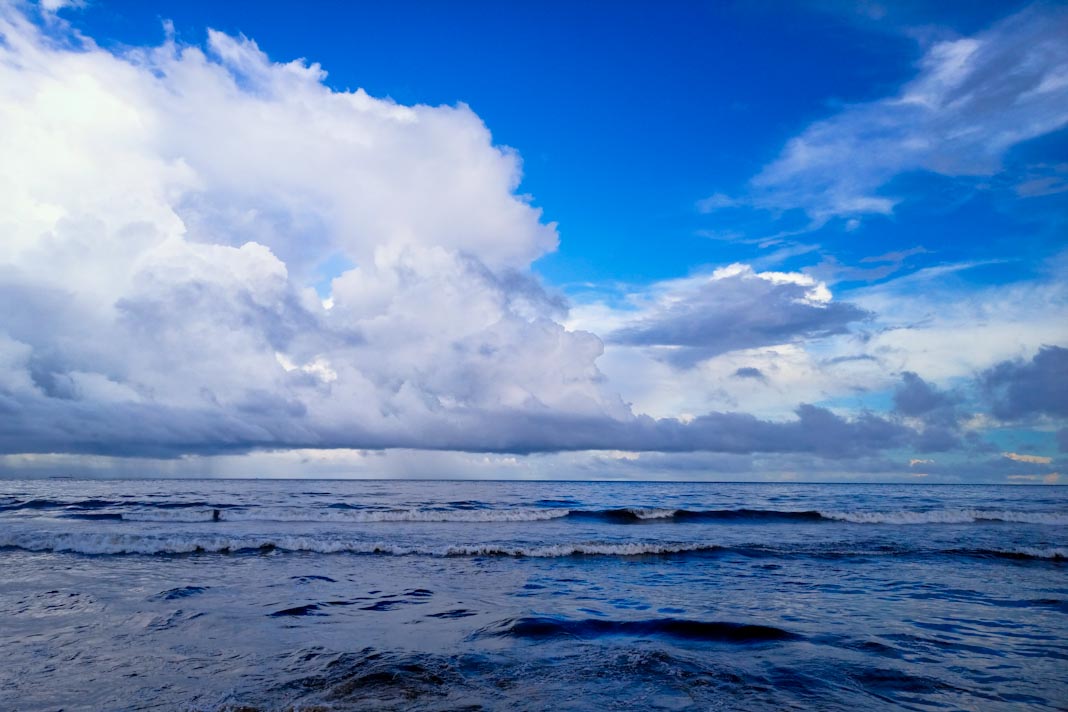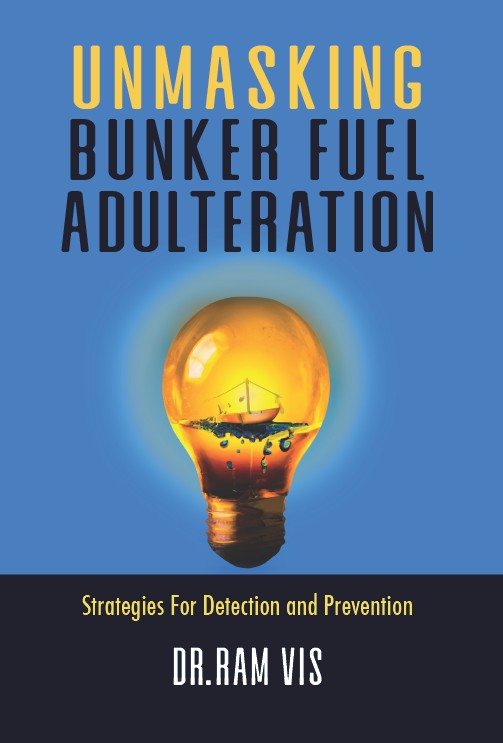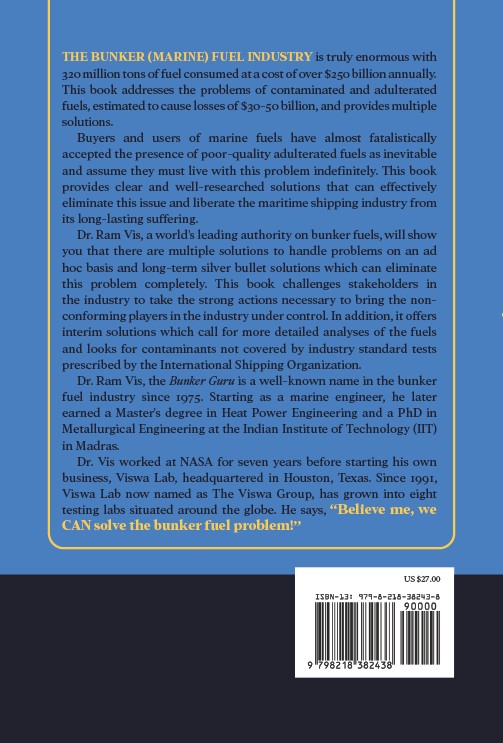Gard has reported five mooring line failures at the port of Veracruz within the past six months. According to local correspondent Pinedo Abogados, these incidents are attributed to two primary factors: ongoing port expansion construction at the Northern terminal and increased frequency and severity of cold fronts, which are causing adverse weather conditions.
Port Expansion
The New Port of Veracruz has significantly expanded the port’s cargo handling capacity, increasing it from 23 million to 95 million tons, making it Mexico’s largest port.
Currently, the Port Administration of Veracruz is overseeing the construction of the west breakwater. However, other parts of the port development project are still unfinished.
Additionally, a significant portion of the inner breakwater is under construction. The completion of this inner breakwater is expected to reduce wave impact and minimize risks for ships facing strong northerly winds.
Recurring Problems
Mooring line failures are a recurring and serious problem at the North and South Bay port terminals in Veracruz, particularly during the cold front season from September to April.
- Causes:
- High waves and winds exceeding 90 km/h cause significant vessel pitching.
- This pitching leads to excessive tension on mooring lines, resulting in breakage, even of reinforced lines.
- Consequences:
- Numerous incidents have occurred, including a December 2024 incident where a vessel damaged multiple other vessels after its mooring lines broke.
- In another incident, tugs were required to secure a vessel that had six mooring lines broken, including spare lines.
- Port Limitations:
- The Port of Veracruz does not offer a mooring rope rental service or supply spare mooring ropes.
- Vessels must arrive with their sufficient mooring lines.
- Safety Measures:
- The container terminal has implemented shore tension mechanisms to automatically adjust mooring line tension during adverse weather, reducing the impact of vessel movement.
- Recommendations:
- Although port authorities have not issued formal warnings, vessel owners and crews calling at Veracruz should be aware of these risks.
- Pinedo Abogados recommends that owners, managers, and masters obtain information from port authorities, pilots, and local agents on:
- Historical incidents.
- Mooring configurations (rope requirements and bollard layout).
- Weather alert systems.
- Current conditions.
- Tugboat availability.
- If berth conditions become unsafe, vessels should arrange for immediate departure to sea.
Traffic and Weather
Analysis of AIS data reveals a clear disparity in traffic volume between the port’s terminals:
- Southern Terminal Dominance:
- The Southern terminal consistently handles a significantly larger volume of vessel traffic.
- Northern Terminal Growth:
- The Northern terminal, currently under expansion, has seen a gradual increase in port calls since 2019.
- Bulk Carrier Prevalence:
- Bulk carriers, especially handysize vessels, represent the majority of vessels calling at the port.
- Weather Impact on Mooring Safety:
- Wind speed and swell height are crucial factors affecting mooring safety.
- Wind creates lateral pressure on vessels, straining mooring lines.
- Swell causes vertical and horizontal vessel movements, leading to cyclical loading and potential line fatigue.
- Both wind and swell reach peak activity between November and March.
- This period coincides with a recorded increase in mooring incidents at the port, highlighting the strong correlation between adverse weather and vessel safety risks.
Did you subscribe to our daily Newsletter?
It’s Free Click here to Subscribe!
Source: Gard























